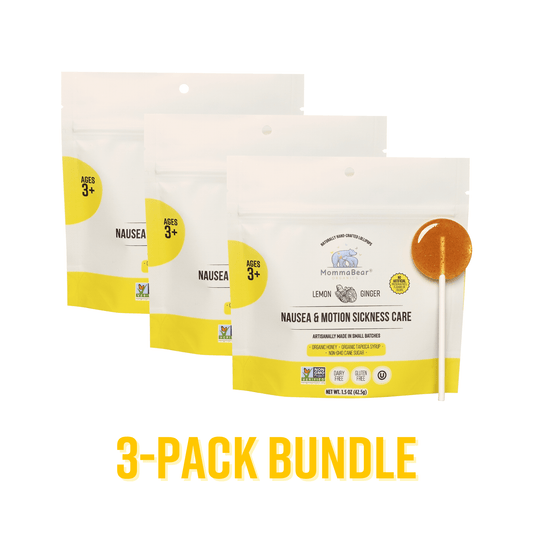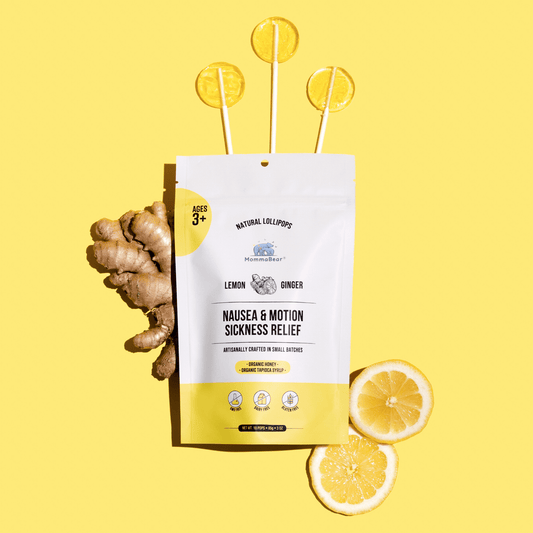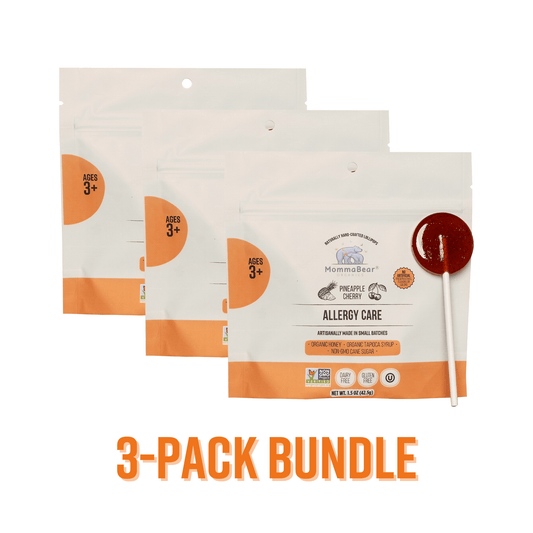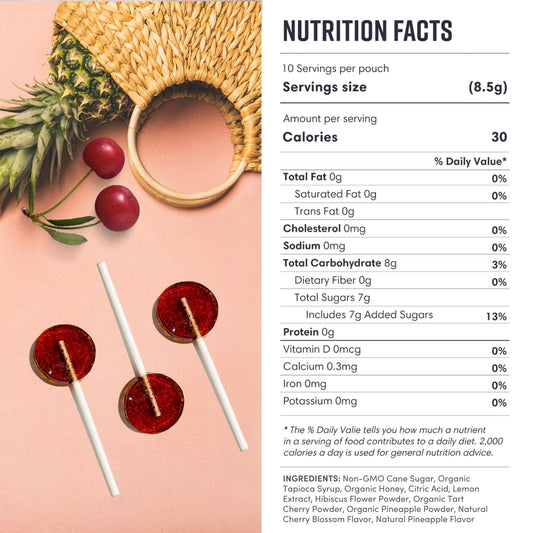Figuring out kids' allergies is just... a lot. One minute they're fine, the next they've got hives and you're trying to play detective, retracing every single thing they touched or ate. It’s a puzzle, and honestly, a scary one sometimes. I wanted to just sort of... dump everything I've learned about getting them tested, because figuring this stuff out piece by piece was so overwhelming. Maybe this can help someone else feel a little less lost in it all.
Understanding Allergies in Children
So, what even is an allergy? It's basically your kid's body having a complete and total meltdown over something that should be harmless, like a peanut or some pollen. Their immune system just goes into full-on panic mode, thinking it's fighting off some big, bad invader. And that reaction can be anything from a few sniffles to something way, way scarier.
I guess some of it is just the luck of the draw, you know? Genetics, what they're exposed to... I even read somewhere that when you introduce certain foods it can make a difference, but it feels like the science on that changes every other week, so who really knows. All I know is that every kid is different, and figuring out their specific triggers is the first big step.
Common Types of Allergies in Kids
It feels like kids can be allergic to just about anything these days. But there are a few usual suspects that seem to pop up all the time. This is my mental checklist of the big ones:
-
Food allergies: Particularly to peanuts, tree nuts, milk, eggs, soy, wheat, fish, and shellfish.
-
Environmental allergies: Often triggered by pollen, dust mites, mold, and pet dander.
-
Insect sting allergies: Reactions to venom from bees, wasps, and other insects.
-
Medication allergies: Reactions to antibiotics, non-steroidal anti-inflammatory drugs (NSAIDs), and anesthetics.
The food allergies are the ones that really get me, because you have to be so incredibly careful with every single label. But the environmental ones are a whole different battle—like a constant, low-grade misery for them, you know? A stuffy nose that just never, ever seems to go away. And insect stings, well, those are just a special kind of terrifying because they can happen out of nowhere.
Symptoms Indicating Your Child Might Have an Allergy
Okay, so how do you even know if it's an allergy? Sometimes it's super obvious, but other times it's sneaky. This is the stuff I've learned to watch out for:
-
Skin reactions such as hives, eczema, or rashes.
-
Respiratory issues include sneezing, nasal congestion, or asthma-like symptoms.
-
Gastrointestinal disturbances like vomiting, diarrhea, or abdominal pain.
-
Swelling, particularly around the face, lips, and throat.
I started keeping a little note on my phone—just quick thoughts on what my son ate and when he had a flare-up. It felt a little obsessive at first, I'm not gonna lie, but it was actually super helpful when we finally went to the doctor. Having that log helped us connect the dots way faster than just trying to remember everything.
The Importance of Allergy Testing for Children
So, why even bother with the tests? Honestly, for me, it came down to peace of mind. Not knowing what's causing a reaction is the worst part. Is it just a little rash, or is it something that could get a lot worse? The tests, even if they aren't exactly fun, give you a roadmap. They tell you what to avoid and help you make a real, concrete plan, so you're not just guessing and holding your breath all the time.
How Allergies Impact Your Child's Health
It's not just about the physical stuff, either. I never really thought about how much an allergy can mess with a kid's head. Imagine being the only kid at a birthday party who can't have the cake. It makes them feel different, and that's just… hard. And for us parents, it's this constant background hum of worry. Always checking, always asking, always being that parent. It’s exhausting. The chronic stuff, like eczema or asthma, just adds another layer to it all, impacting school and sleep and just their ability to be a carefree kid.
The Role of Allergy Testing in Diagnosis
This is where the testing really comes in. It's the difference between suspecting your kid has a milk allergy and knowing. And once you know, you can actually do something about it. The doctor can give you a real plan, not just a bunch of 'maybes' and 'could be.' It takes the guesswork out of the equation, and that's huge. I've read that there are even newer kinds of tests that can get super specific, which can help figure out a treatment plan down the line.
Different Types of Allergy Tests for Kids
When the doctor first mentioned testing, I had no idea there were different kinds. It's not just one thing. So here's a quick rundown of what they might suggest.
Skin Prick Tests
This is probably the one you've seen in pictures. They do these tiny little pricks on your kid's arm or back with different allergens. It sounds awful, but it's really not that bad—my kid barely flinched. The cool part is you get answers, like, right away. You can literally watch a little red bump pop up if they're allergic. It’s weirdly fascinating and a little bit of a relief to see something concrete.
Blood Tests
Sometimes they can't do the skin test, maybe if your kid has really bad eczema or has to stay on a certain medicine that would interfere. So they'll do a blood test instead. It takes longer to get the results back, which is a pain when you're anxious to know, but it's another good way to get answers without having to bother their skin.
Patch Tests
And then there's this other one, the patch test. This isn't really for food allergies. It's more for when you think your kid might be reacting to something they're touching—like the soap you're using or the metal snaps on their PJs. They basically tape a little patch with the suspected culprit onto their back and you leave it there for a couple of days to see what happens. It's a slow burn, this one, but really helpful for those mystery rashes.
Preparing Your Child for an Allergy Test
Okay, the thought of taking your kid for allergy testing can be more stressful for you than for them, I swear. But being prepared makes a huge, huge difference for everyone involved.
Explaining the Process to Your Child
Talking to them about it beforehand is key. I just kept it really simple. I told my son the doctor was going to do some "tickle tests" on his back to find out what was making him so itchy. No big, scary words. Just letting them ask questions helps a ton, so they don't feel like something is being done to them, you know? It gives them a little bit of control back.
What to Do Before the Test
Here’s a little checklist of the practical stuff the doctor told me to do before we went in:
-
Discuss the child's medications with the healthcare provider, as certain drugs may need to be avoided before testing.
-
Remind your child to wear comfortable clothing, particularly for skin tests.
-
Bring along any information regarding their medical history or previous allergic reactions for the testing provider.
I also packed his favorite little teddy bear and promised we'd get a smoothie afterward. A little bribery never hurts, right? The main thing I learned is to try and stay calm yourself, because they totally feed off our energy. If you're relaxed, they're more likely to be, too.
Interpreting Allergy Test Results
Then comes the part where you get the results, and it feels like you need a medical degree to understand them. It’s not always a simple yes or no, which was surprising to me.
Understanding Positive and Negative Results
So, a 'positive' means they reacted. But here's the thing I didn't get at first: a positive test doesn't automatically mean your kid will have a huge, scary reaction every time. It just means their body is sensitized. The doctor really has to put the test results together with your kid's actual history to get the full picture. A positive test for wheat might just mean a little eczema, not something life-threatening. It's… complicated.
Next Steps After Allergy Diagnosis
Once you have a diagnosis, you finally have a plan. For us, it boiled down to a few key things:
-
Avoiding identified allergens whenever possible.
-
Carrying emergency medication, such as antihistamines or an epinephrine auto-injector, if necessary.
-
Regular check-ups with an allergist to monitor the child’s condition and adjust management strategies as needed.
We've tried to be really open about it in our house. We talk about 'safe foods' and 'unsafe foods' and practice what to do if he starts to feel funny. Making it a normal conversation instead of a big, scary secret seems to help him feel less anxious about it all. It's about giving them the tools to take care of themselves, which is all we want as parents, right?
Conclusion
So yeah, that's pretty much my brain dump on allergy testing. It's a journey, for sure. And you never really feel like you have all the answers. Some days are good, and some days you're that parent in the middle of the grocery store aisle, triple-checking the ingredients on a box of crackers. It’s just part of the gig, I guess. But knowing is so much better than not knowing, even when the answers are hard. At least you know what you're up against.
At MommaBear Organics, our lollipops are lovingly handcrafted in small batches, using only the finest simple, organic ingredients. These delightful wildflower honey suckers are just what you need for on-the-go relief, naturally soothing discomfort and easing allergies with every tasty bite. You can enjoy this sweet and effective remedy anytime, anywhere!










